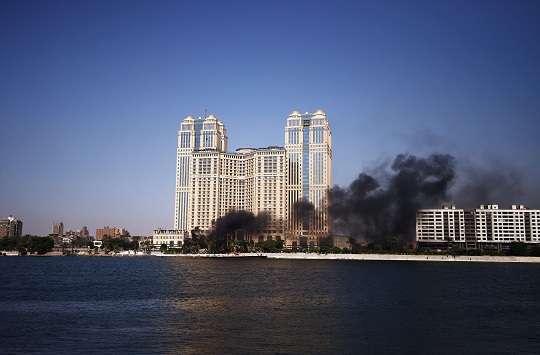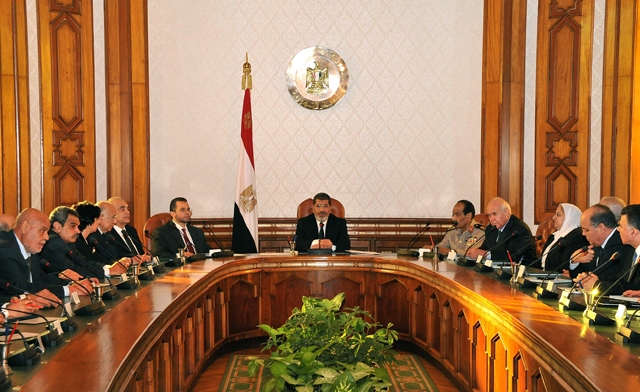Dozens of protesters have been injured during demonstrations across Sudan, the Central Committee of Sudan Doctors (CCSD) announced on Wednesday.
The CCSD noted that four of those injured during protests, which took place in the capital Khartoum as well as other cities across the country, were shot with live bullets.
In a report published on Wednesday morning, the committee added that four protesters died from live gunshot.
A Sudanese government spokesperson said that one person was killed and others were injured during peaceful protests, amid tight security measures.
A total of 44 injuries of varying severity occurred during the protests, some due to the use of tear gas, with dozens due to beatings, the report said.
Thousands took to the streets to demonstrate in Khartoum and other cities on Tuesday, to demand peace and justice. These represent two of the goals of the revolution that took place 18 months ago, and which toppled former president Omar Al-Bashir after a thirty years of rule.
The protests came in response to calls by resistance committees, Sudan Professionals Association, and political parties that are calling for the “correction of the Sudanese revolution’s path.”
It also coincides with the 31st anniversary of the Islamist-backed military coup in 1989, that brought Al-Bashir to power.
Protestors chanted slogans calling for improved living conditions and the reform of the country’s security institutions.
Security forces were deployed in the main streets of Khartoum and at the entrances to the main bridges. Army units also closed all roads leading to the Armed Forces General Command headquarters in central Khartoum.
Protesters went out in other cities such as Port Sudan, Kassala, Gedaref in the east of the country, Atbara in the north, and Wad Medani in central Sudan. There were additional protests in several cities in the western region of Darfur.
In Dongla, north Khartoum, hundreds of protesters held banners demanding retribution for protesters who were killed during clashes with security forces last year.
At least 246 people were killed and hundreds injured during anti-government demonstrations that led to former president Al-Bashir’s overthrow, according to doctors linked to the Sudanese Professionals Caucus.
Al-Bashir was ousted by the army in April 2019 following a popular uprising driven by Sudan’s difficult economic conditions, and after months of mass protests against his rule.
Since last August, a transitional government led by Abdullah Hamdouk took control of Sudan for a period of three years, following Al-Bashir’s removal from power. The country still suffers from economic problems, which are largely blamed on the policies of the Al-Bashir era.
Since his ouster,
Al-Bashir has remained in custody, and was sentenced to two years imprisonment last December on corruption charges.


